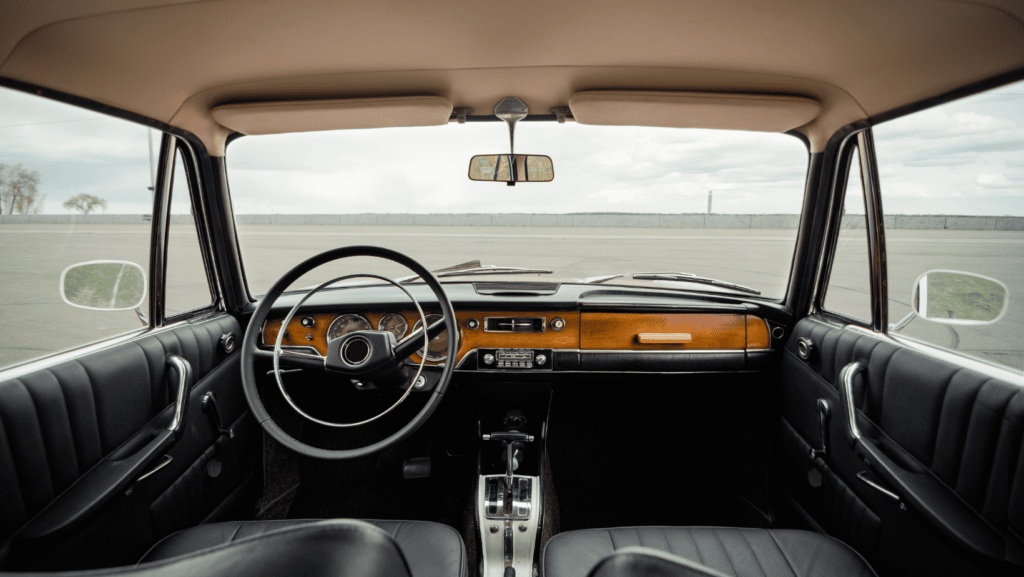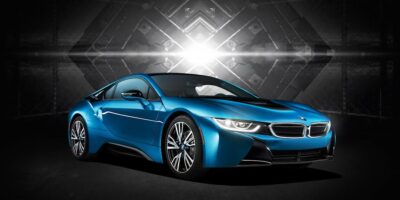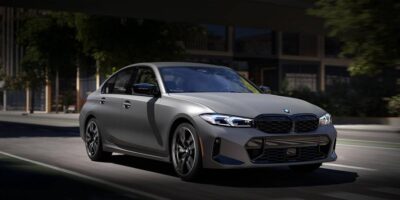Today, BMW is 105 years old. In that time, they’ve learned a thing or two. Throughout the history of BMW, it has beaten the odds of survival several times, and today, BMW has even bolder plans for the future.
The history of BMW begins in 1916 when the company was originally named Bayerische Flugzeugwerke AG, but, six years later, it was renamed Bayerische Motoren Werke (BMW). The first BMW product was, in fact, a straight-six aircraft engine designed in 1917 for the ongoing World War 1, but the war soon ended, and the company turned towards the manufacture of engines for motorcycles, farm equipment, railway brakes, and several household items. The first BMW motorcycle was produced in 1923 and it has remained a staple product for close to a century.
However, the BMW history in the automobile industry did not evolve until 1928 and for the next decade, the company specialized in the manufacture of luxury and sports cars. Up until WWII, the company made motorcycles, automobiles, and aircraft engines. After Germany lost the war, all BMW facilities were prohibited from manufacturing aircraft engines and automobiles. To survive, BMW started to make bicycles and household appliances.
Car and motorcycle production resumed in the early 1950s with the company focused solely on luxury vehicles. The early ‘50s were turbulent times in BMW history because there was also competition from Mercedes Benz, Porsche, and several other European car manufacturers. However, BMW continued to focus on the quality of cars and the production of the BMW 700 series revived the company finances and the future looked promising. Throughout the 1960s and 1970s, BMW made newer and better cars, including the BMW 5 series, 3 series, and 7 series, all of which were hugely popular worldwide.
In the history of BMW, the 1980s were the years when it began to develop its first series of performance cars, including the BMW M5 and M3 series, but it faced stiff competition for most of the 1990s. The other challenge of the eighties and nineties was making the cars more reliable.
By the end of the 20th Century, BMW had established itself as one of the top automobile brands globally, reflecting class, luxury, quality, and performance. Despite making great, exciting, sporty cars, however, there was another setback. BMW was just not able to capture the lion’s share of the sporting market.
BMW history tells us that BMW was taken over by the Rover Group in 1994 but continued to suffer serious financial losses. In the early 2000s, BMW started to improve on the challenges that had faced their cars in the previous two decades and they switched over to turbo-charged engines for most of the newer models after 2010. Later that year, BMW produced its first hybrid, followed by electric cars in 2013. After decades of developing sporty rear-wheel drive cars, in 2014, BMW produced its first front wheel drive: the BMW 2-series active tourer. During the pandemic, demand for cars far-outpaced the supply of materials, including processing chips.
Today, BMW exports 50,000 cars annually to many countries. Besides luxury sedans, unique coupes, athletic sporty cars, and spacious SUVs, BMW has also entered the race to go all-electric by 2030. This premium luxury brand has earned its title of legend, and continues to make superb vehicles by achieving near-perfection in engineering and design. It is nearly a century since the history of BMW entered the world of automobiles, and the company has stood the test of time by making reliable luxury cars that are easily recognized by its iconic badge. For the next decade, BMW has set its sights on going electric and building cars for the future generations of BMW owners.
If you want to know more about current BMW’s, or what is to come in the future, come on down to the showroom, or visit our inventory site today.






